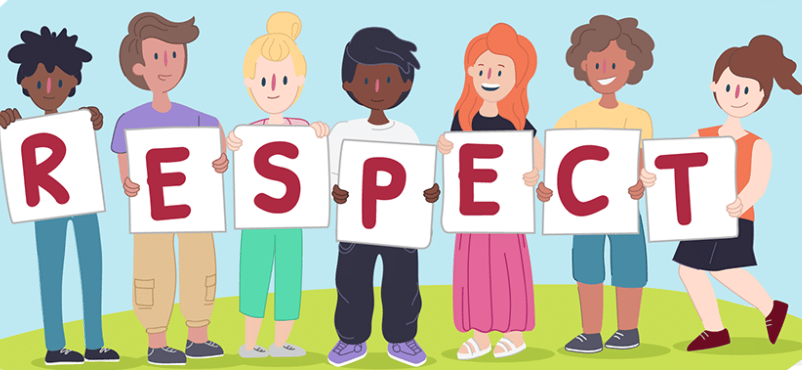Disrespectful Students? Try These 5 Steps
When disrespectful students disrupt and upset teachers or classmates, there are two important aspects to consider. First, consider the source; children mimic those that they love. Ask yourself, ‘What’s the behavior of the adults in this student’s life?’ Children who aren’t treated with respect have no model for respectful behavior. For example, at home Student A‘s family members use words and actions that are hurtful and belittling. When Student A behaves similarly at school, it is unacceptable. To solve this problem, Student A needs training, experience, and examples of respectful behavior. The end goal is that Student A will not only know what’s right and wrong at school but will also teach the adults grace and courtesy.

A second consideration is your Dignity. An educator who passively permits a student to be disrespectful towards themselves or others isn’t modeling how one should deal with difficult people or situations. In a classroom setting, let alone outside of the classroom. A better approach would be saying, in a clam and direct tone, “We have spoken about respectful behavior in our classroom and we have agreed what that looks like. Your choice of words is showing disrespect and I’d like to speak with you at the break.” This statement needs to be followed up with a dialogue when both teacher and student are calm again. Contrast this response to lecturing, blaming and threatening, and then decide which response you would prefer if you were the student.
Some classes have more students with disrespectful behavior than others; however, a teacher’s best tool is control over their own behavior.
Recommendations For Disrespectful Students Behavior
Model respectful behavior. Before approaching a situation that’s making your blood boil, take a moment to calm down and regain your composure.
Give lessons on respectful behavior. Comprehensive activities and lesson plans can be found in our client sources. And be sure to treat disrespectful student behavior – as one administrator told us during a workshop- as a Buddha’s gift; it’s an opportunity to clearly show respectful ways to deal with difficult behaviors. Let the students practice them, too!
Give specific praise when you notice a student’s efforts to practice these new behaviors: “Mark, I saw you explained to Sarah how much her whistling during lunch was annoying to you. That shows respect for Sarah as well as respect for your own needs.”
Practice mutual respect. That means remembering to respect your own needs as well as the students’ needs. So avoid lectures, shaming, and blaming students; these tactics incite disrespectful responses.
To Prevent Future Problems

Take time to connect with your students. Class meetings are an AWESOME tool to stop disrespectful student behavior; it’s difficult to be disrespectful toward someone who is a partner. In fact, middle and high school teachers who use class meetings have discovered that taking time for giving compliments, appreciations, and encouragement contributes to a mutually respectful atmosphere in their classrooms.
At a class meeting, discuss the students’ understanding of disrespectful and respectful behavior. Identify ways in which people can behave respectfully in specific situations. The class might formulate a plan with a chosen focus, such as ways in which they can show respect for one another when standing in line waiting for lunch. In a few days or a week, students can discuss how the new plan is working.
Take time for training. If appropriate, role-play a problem situation with a student individually or during a class meeting. Depending on the situation, allow the student to play the role of the adult and to practice both unacceptable and acceptable responses. Then encourage the student to express the feelings they experienced when in the adult role. Reverse roles, and go through the process again.
Develop an atmosphere of trust by helping students see that you are more interested in solutions to problems than in identifying or punishing those who misbehave.
Learn to trust the process of working with students, rather than trying to control them.
Lessons in Positive Discipline A Teacher’s A-Z Guide, Jane Nelsen, Linda Escobar, Kate Ortolano, Roslyn Duffy, and Deborah Owen-Sohocki
